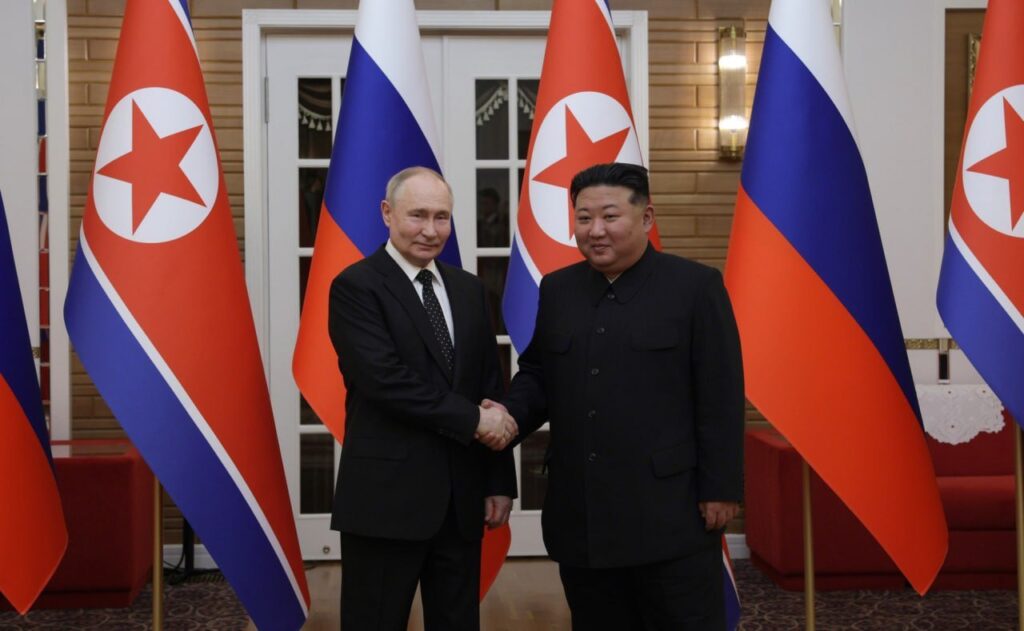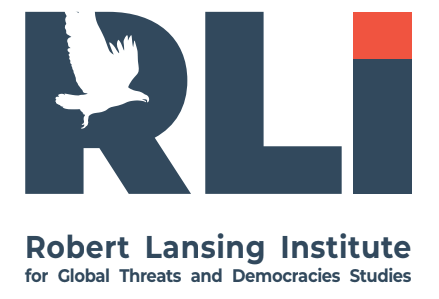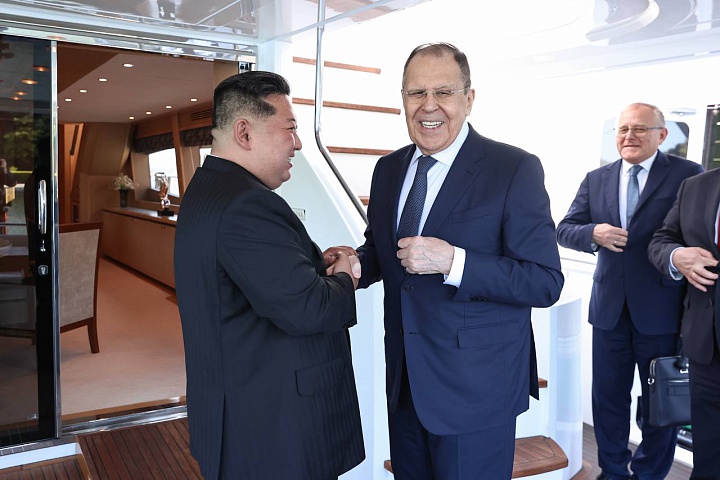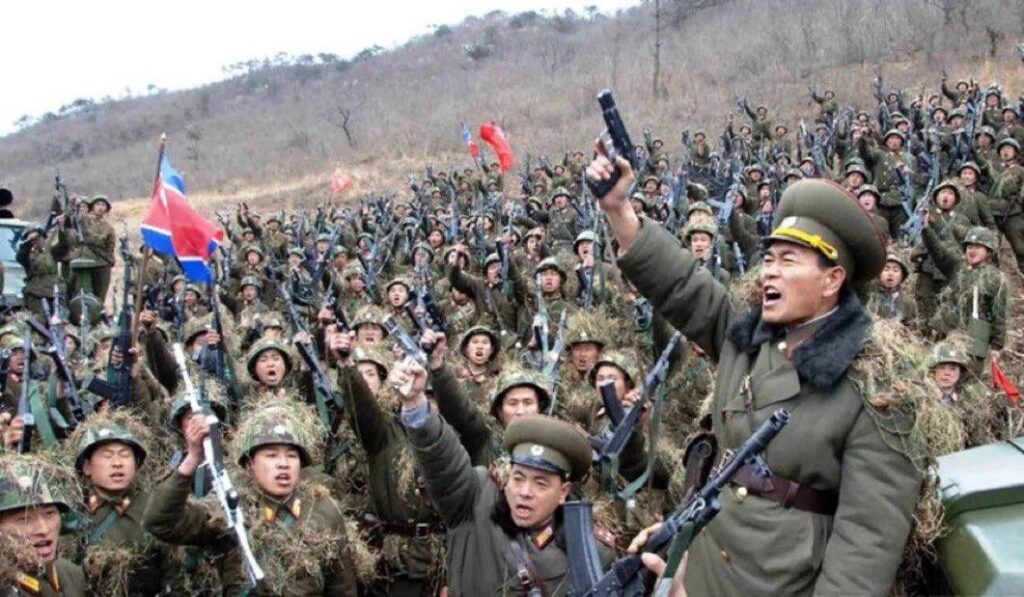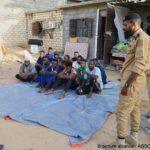1. Probability of DPRK Army Participation in Ukraine
Current Assessment:
- Low-to-moderate likelihood in the short term (2025) of direct combat deployment inside Ukrainian territory.
- Moderate likelihood of indirect involvement — logistics, engineering, artillery crews, or military advisors operating under Russian command.
- The DPRK is already providing artillery shells, rockets, and munitions covertly; deploying troops would be a qualitative escalation and risk severe global backlash.
- The main constraint: China’s position — Beijing sees Ukraine as a Russia-West problem and does not want Pyongyang drawing it into an uncontrolled escalation.
2. Possible Forces DPRK Could Deploy
If Kim Jong-un decided to send forces, likely candidates are:
| Unit Type | Estimated Size | Possible Tasks in Ukraine |
| Artillery Brigades | 3,000–5,000 troops | Operate heavy artillery for Russian forces in Donbas and Zaporizhzhia sectors. |
| Combat Engineers | 1,000–2,000 troops | Fortification building, mine-laying, trench construction. |
| Air Defense Units | 500–1,000 troops | Operate short-range SAMs to protect Russian logistics hubs. |
| Special Forces | 300–500 troops | Sabotage and reconnaissance behind Ukrainian lines. |
Total Potential Deployment: 5,000–10,000 troops (unlikely to exceed this, as DPRK military is stretched and logistics are complex).
3. Potential Operational Sectors
If DPRK forces appeared in Ukraine, Russia might place them in:
- Donetsk & Luhansk sectors – DPRK artillery could boost Russian shelling capacity.
- Zaporizhzhia front – Combat engineers could fortify lines and support Russia’s defensive posture.
- Rear area security in occupied territories – DPRK troops could free Russian soldiers for front-line combat.
4. Impact on the Battlefield
- Short-term boost for Russia in artillery and manpower-intensive tasks.
- Could help Russia sustain high shelling rates despite domestic production limits.
- Might free Russian elite units for offensive operations.
- Limited strategic change — DPRK troops would not change the balance if Ukraine maintains Western military support.
5. What Russia Could Offer DPRK
- Energy supplies — oil, refined fuel, gas.
- Food aid — grain and other staples.
- Military technology — satellite imagery, missile tech upgrades, aircraft modernization.
- Political cover — veto protection in UN Security Council, global propaganda support.
- Financial incentives — payment in gold or hard currency via covert channels.
6. Geopolitical Implications
For Russia
- Demonstrates ability to mobilize non-traditional allies.
- Risks further international isolation.
- Could trigger more secondary sanctions from the West targeting DPRK-Russia networks.
For DPRK
- Gains Russian military and economic support.
- Deepens confrontation with the West.
- Risks China’s displeasure — Beijing sees DPRK as a strategic buffer, not a foreign legion for Russia.
For China
- May pressure Pyongyang not to get directly involved, as it undermines China’s image as a cautious mediator and could provoke Western military countermeasures in Asia.
7. Final Probability Estimate
- Direct DPRK combat deployment in Ukraine: ~20–30% likelihood within the next 12 months.
- Indirect deployment (advisors, artillery crews in Russia near border): ~60% likelihood.
The probability of Russian assistance to the DPRK’s nuclear program is not zero — in fact, under current conditions it is higher than at any point since the Cold War — but it’s shaped by several strong constraints.
1. Current Assessment
- Indirect / dual-use assistance: High probability (60–70%) — Russia can transfer materials, technology, and expertise under the cover of civilian or missile cooperation without openly violating its own declared positions in the UN Security Council.
- Direct, overt nuclear weapons assistance (e.g., weapon design, warhead miniaturization, fissile material): Low probability (10–15%) — too politically risky, would trigger severe Chinese backlash and new Western sanctions against Russia in Asia.
2. Drivers Increasing the Probability
- War in Ukraine
- Russia’s need for DPRK munitions and political loyalty may push it to give “high-value” rewards, including tech transfers.
- Isolation from the West
- With Western sanctions already at near-maximum, Russia has less to lose from breaching nuclear non-proliferation norms.
- Historic Ties
- Soviet engineers helped establish DPRK’s Yongbyon nuclear complex in the 1960s–1980s. Technical networks still exist.
- Leverage Against the U.S. and NATO
- By strengthening DPRK’s nuclear deterrent, Moscow can create additional strategic pressure on Washington in the Indo-Pacific.
3. Likely Forms of Assistance
| Type | Probability | Details |
| Missile guidance & re-entry vehicle tech | High (70%) | Enhances DPRK’s ICBM survivability and accuracy. |
| Satellite reconnaissance support | High (65%) | Improves targeting for nuclear-capable missiles. |
| Nuclear fuel cycle optimization | Medium (40%) | Training DPRK engineers in enrichment efficiency under “civilian” cover. |
| Fissile material supply | Low (20%) | Extremely sensitive — would risk alienating China. |
| Warhead miniaturization designs | Low (15%) | Could help DPRK mount warheads on smaller missiles like KN-23/KN-24. |
4. Constraints and Risks for Russia
- China’s veto power: Beijing sees DPRK nukes as a potential regional destabilizer. It would strongly oppose Russian help that accelerates Pyongyang’s capabilities.
- Nuclear Non-Proliferation Treaty (NPT): Russia is still officially a member and permanent UN Security Council member; overt breaches damage its diplomatic leverage.
- Blowback risk: A more nuclear-capable DPRK could act unpredictably, even against Russian interests.
5. Geopolitical Implications if It Happens
- Asia-Pacific instability spike: Japan and South Korea could accelerate military nuclear programs of their own.
- U.S. force redistribution: More U.S. assets in the Pacific, potentially easing pressure on Ukraine’s front.
- China-Russia friction: Beijing may quietly reduce cooperation with Moscow if DPRK’s nukes get a major boost.
High probability of Russia providing indirect or dual-use nuclear-related assistance in the next 12–18 months, under the cover of missile, space, or energy cooperation.
- Low probability of direct warhead or fissile material transfer, unless Russia becomes even more desperate for DPRK’s support in Ukraine.
Schematic Network: Possible Russia → DPRK Tech-Transfer Routes (Strategic, Non-Actionable)
The network consists of three linked layers:
- Russian source nodes: state corporations, defense exporters, research institutes, and state banks that could be sources of technology, know-how, or dual-use equipment.
- Transit and concealment nodes: Russian ports, third-country transshipment hubs (notably in China, the Middle East, and select African or Asian intermediaries), and shipping/air freight firms or brokers that can obscure origin.
- DPRK reception nodes: ports, airfields, and internal facilities (research centers, missile/logistics bases) where materials, personnel, or expertise could end up.
Below I list likely nodes, the flows between them, and what to watch for.
2) Russian source nodes (what to watch)
- Major state corporations / defense exporters
- Rosatom (civil nuclear industry and related technical expertise) — formal civilian profile but historically involved in nuclear technology projects.
- Roscosmos (space) — satellite, guidance, and launch-related expertise.
- Rosoboronexport and KTRV (Tactical Missiles Corp) — weapons export agencies and missile system suppliers.
- Almaz-Antey (air defense), KBM, and other design bureaus — missile, guidance, and air-defense technology.
- Nuclear/defense R&D centers
- VNIIEF (Sarov) and VNIITF (Snezhinsk) — historically central to fissile-material and weapons research (state nuclear R&D centers).
- Universities and specialist institutes with dual-use research capacities (materials science, metallurgy, cryogenics, guidance).
- State-owned banks & trading firms
- Banks and commodity traders that can move value and finance procurement; monitoring cross-border payments is critical.
3) Transit / concealment nodes
- Russian ports & Far Eastern gateways
- Vladivostok, Nakhodka, Vostochny, Novorossiysk, St. Petersburg, Murmansk — maritime routes can ship components, equipment, or fuel.
- China transit hubs
- Dalian, Tianjin, Shanghai — legitimate cargo passing through China is a common cover. Rail routes via Manzhouli/Zabaikalsk can link Russian factories to Chinese ports.
- Middle East / third-country hubs
- Dubai / Jebel Ali, Istanbul, Syrian ports (e.g., Tartus) — high-volume transshipment and charter activity can obscure provenance; some cargo may be relabeled or split.
- Air cargo routes
- Charter flights via Russian or third-country carriers; use of leased aircraft and shell companies can hide operators.
- Front companies & brokers
- Small trading firms, leasing companies, and freight forwarders that create layers of ownership and documentation.
4) DPRK reception nodes
- Ports and railheads
- Rajin-Sonbong (Rason) — deep-water port used for international shipments.
- Nampo — western port used historically for imports.
- Airfields / airports
- Sunan International Airport (Pyongyang) — primary international air gateway.
- Core facilities
- Yongbyon Nuclear Research Complex — center of DPRK’s nuclear fuel cycle.
- Sohae / Tongchang-ri — rocket/satellite launch and testing center.
- Missile corps logistics and training bases — dispersed, often in the interior.
5) Typical routes & concealment patterns (non-actionable)
- Direct maritime from Far Eastern Russian ports (Vladivostok/Nakhodka) to Rajin/Nampo — sometimes via Chinese territorial waters or third-country ports to mask origin.
- Transshipment via China: Russian cargo → Chinese port → overland to DPRK or re-exported by sea with Chinese-origin documentation.
- Air charters: Specially leased aircraft moving components/personnel via third-country hubs (e.g., Dubai, Istanbul), then into Pyongyang.
- Financial obfuscation: Payments routed via state-owned banks, covert shell companies, or alternative banking channels.
6) Indicators
These are non-actionable signals useful for intelligence, sanctions enforcement, and open-source monitoring:
- Ship-to-ship transfers at sea, AIS gaps, unusual port calls, or deviations from declared routes.
- Charter flight schedules and patterns involving leased aircraft, frequent rotations connecting Russian airports to hubs in China/Middle East and onward to Pyongyang.
- Unusual company formation and trade filings — sudden spike in entities trading in dual-use goods with Russian or DPRK counterparts.
- Banking anomalies: unexplained large transfers from Russian banks to third-country trading firms linked to DPRK entities.
- Satellite imagery: new construction at DPRK facilities (storage, transport infrastructure), increased shipping at Rajin/Nampo, or frequent rail/road movement near key facilities.
- Procurement patterns: spikes in purchases of dual-use components in Russian supplier markets and abrupt export permit approvals.
- Personnel travel: rotations of specialists, visa issuance anomalies, or known R&D staff moving to third countries then to DPRK.
7) High-level risk & policy implications
- Russia may use such networks to reward DPRK support (military or political) in Ukraine and elsewhere. Even non-nuclear assistance (missile tech, guidance, space tech) can materially improve DPRK capabilities.
- China’s tolerance is a moderating factor; significant transfers would risk straining China–Russia relations.
- Monitoring and disrupting the network requires coordinated action: targeted sanctions on identified front companies, port inspections, maritime monitoring cooperation, and financial intelligence sharing.
The probability of the Russia–North Korea alliance expanding to include Iran is moderate to high, but with some important caveats about scope and format.
Why it’s plausible
- Common Enemy Logic
- All three countries are under heavy U.S.-led sanctions and face strategic isolation from the West.
- This creates strong incentives for “sanctions-busting” cooperation — weapons, technology, and finance.
- Existing Bilateral Links
- Russia–Iran: Already deep in weapons trade (Shahed drones, artillery shells, oil swaps, joint infrastructure projects).
- Russia–DPRK: Expanding military supplies (ammunition, possible missile tech exchange).
- Iran–DPRK: Long history of ballistic missile and possibly nuclear-related cooperation, dating back to the 1980s.
- Complementary Capabilities
- DPRK: Short- and medium-range missile production capacity, artillery shells, chemical weapons know-how.
- Iran: UAV tech, asymmetric naval warfare experience, oil revenue streams.
- Russia: Advanced missile guidance systems, nuclear reactor expertise, diplomatic cover in UN structures.
- Middle Eastern Leverage
- A trilateral link would give Russia a way to indirectly project military power into the Gulf and Red Sea, while giving Iran and DPRK access to more advanced Russian systems.
Likely Forms of Cooperation
- Technology Barter
DPRK artillery shells & rockets → Iran for UAV blueprints;
Iran oil & drones → Russia;
Russia guidance systems → DPRK & Iran. - Coordinated Sanctions Evasion Networks
Joint shipping routes through Russian Far East, Iranian ports, and covert East Asian nodes. - Intelligence Sharing
Limited, but possibly via Russian GRU channels as intermediaries. - Training Exchanges
DPRK missile engineers in Iran; Iranian UAV trainers in DPRK or Russian territory.
Geopolitical Effects
- Pressure on U.S. & Allies
Forces Washington to divide resources between Europe, the Middle East, and Indo-Pacific. - Strengthened Sanctions-Busting Ecosystem
Creation of a more resilient arms black market. - Risk of Technology Leapfrogging
Iran and DPRK could each gain capabilities they couldn’t develop alone.
Constraints
- China’s Discomfort
Beijing tolerates DPRK–Russia cooperation but may be uneasy with Pyongyang openly arming Tehran, which could destabilize the Gulf and threaten Chinese oil imports. - Operational Secrecy
Openly forming a “Russia–DPRK–Iran axis” would trigger massive Western counter-sanctions and military countermeasures. - Logistical Barriers
Moving sensitive hardware from DPRK to Iran without detection requires complex routing through Russia or third countries.
Probability Estimate (Next 1–2 Years)
- Limited tech/trade cooperation involving all three: ~70% likelihood
- Formalized or public trilateral military pact: <15% likelihood
Joint operational deployment (e.g., DPRK missiles used by Iran or vice versa): ~35% likelihood.
